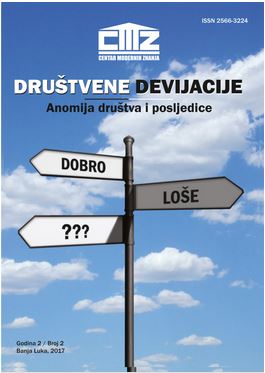AIDS I OSOBE STARIJE ŽIVOTNE DOBI
AIDS AND ELDERY PEOPLE
Author(s): Monika NožinićSubject(s): Social Sciences, Sociology, Social differentiation, Health and medicine and law, Gerontology
Published by: CENTAR MODERNIH ZNANJA
Keywords: HIV; AIDS; older people; gerontology; prevention; risk of HIV infection; informal care; health care;
Summary/Abstract: The number of patients with human immunodeficiency virus (HIV) at age 50 and over is increasing due to increased life expectancy in patients treated with highly effective antiretroviral therapy (HAART), but also due to a new primary infections in older patients. It is expected that the number of people with HIV / AIDS will be further increased in the future due to progress in treatment, which will enable many currently infected persons to have longer life with AIDS and after a few years they will become part of a group of older people of 50 and more years. HIV / AIDS education and prevention programs are not targeted at the older population, the existing health care system does not adequately investigate risky behaviors in the elderly population, and most doctors rarely or never discuss HIV / AIDS or risk factors with their elderly patients. Since this is a vulnerable population, doctors, as well as geriatric experts, must be aware of all risk factors and alert them to older HIV / AIDS patients. The primary goal of research and treatment during the first two decades of the HIV / AIDS epidemic was to keep people alive and healthy as much as possible with various innovative therapies. By entering the third decade, it is time to focus on the quality of life of people infected with HIV.
Journal: DRUŠTVENE DEVIJACIJE
- Issue Year: II/2017
- Issue No: 2
- Page Range: 540-546
- Page Count: 7
- Language: Bosnian, Croatian, Serbian

